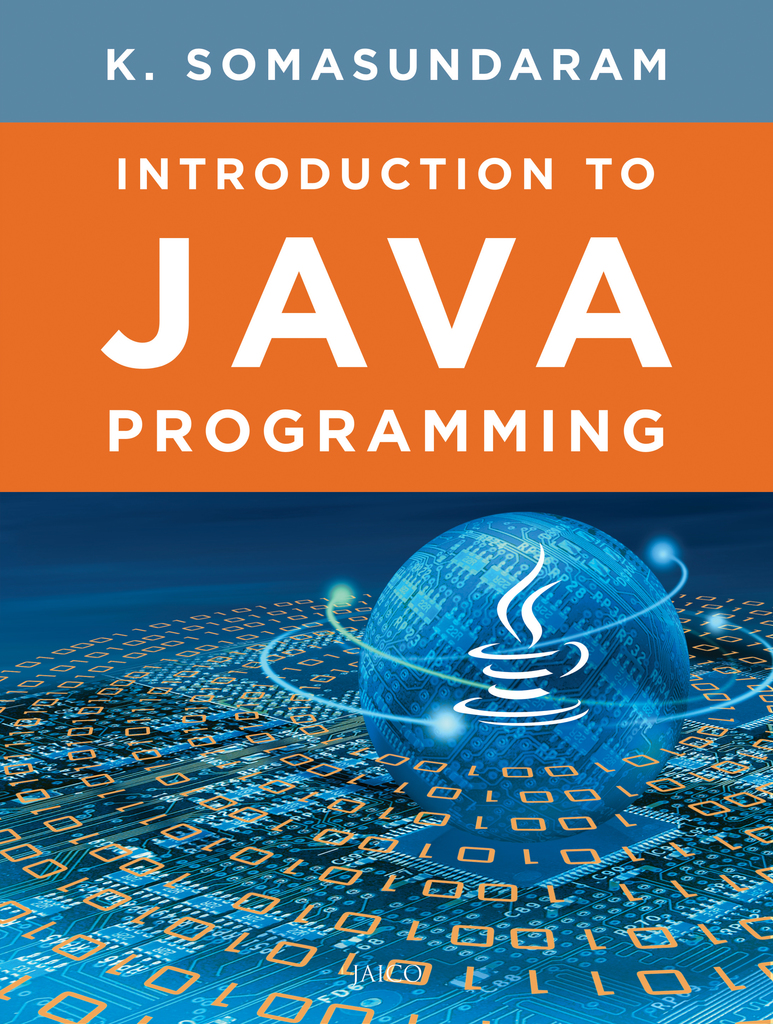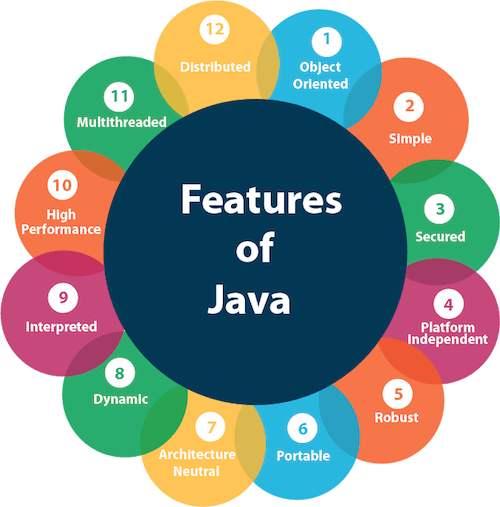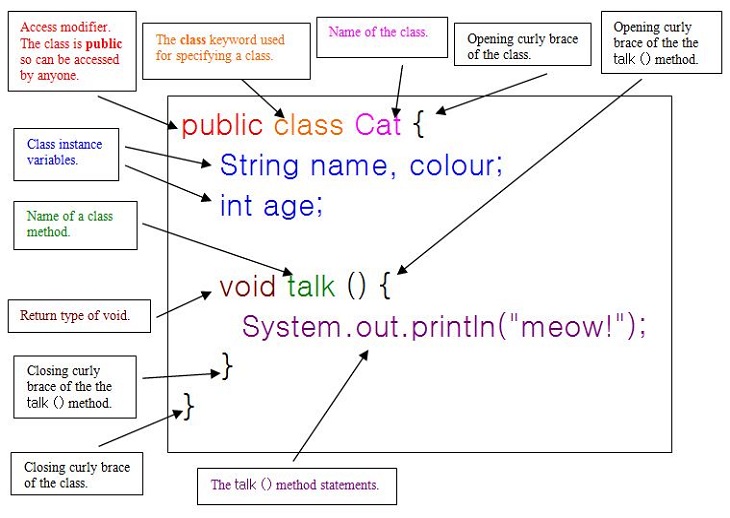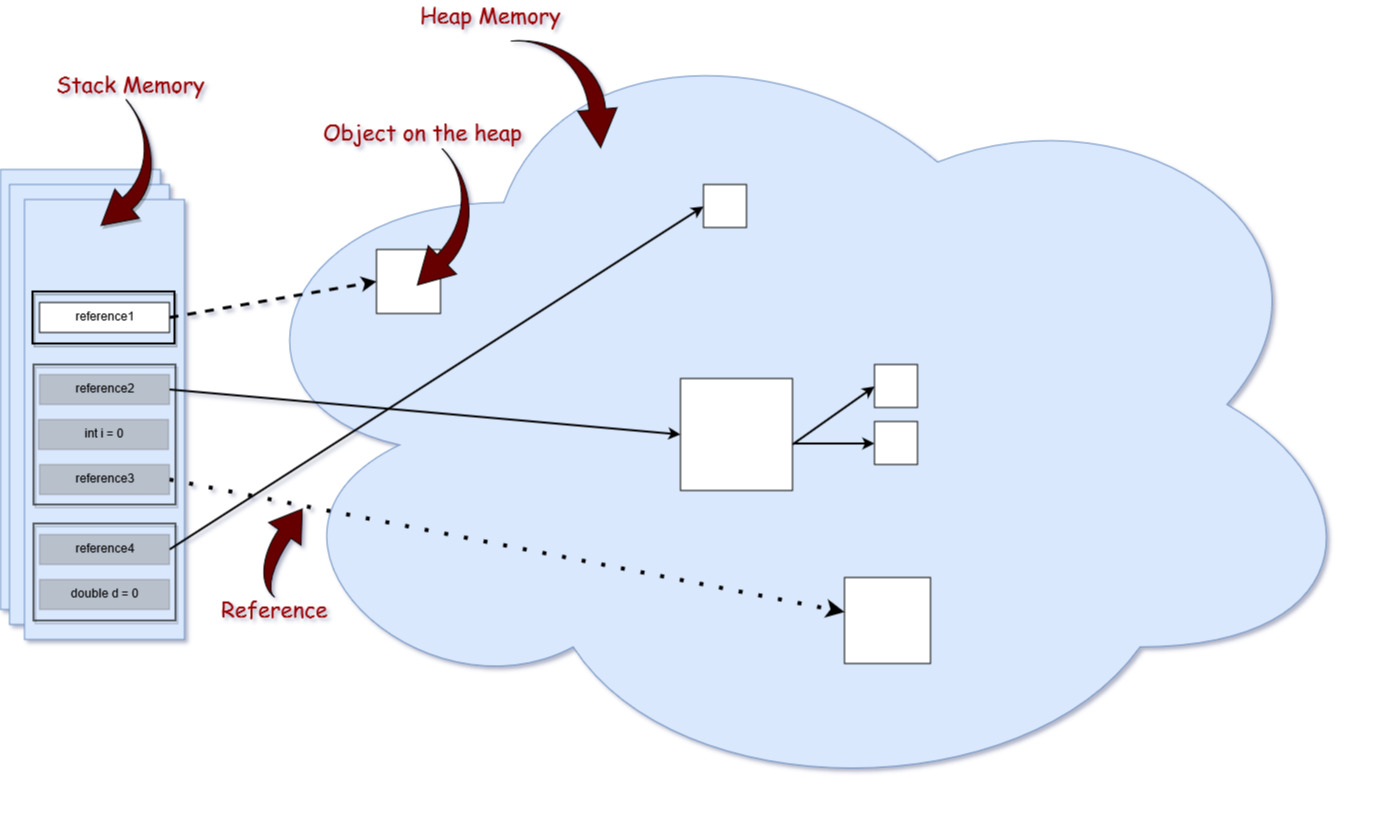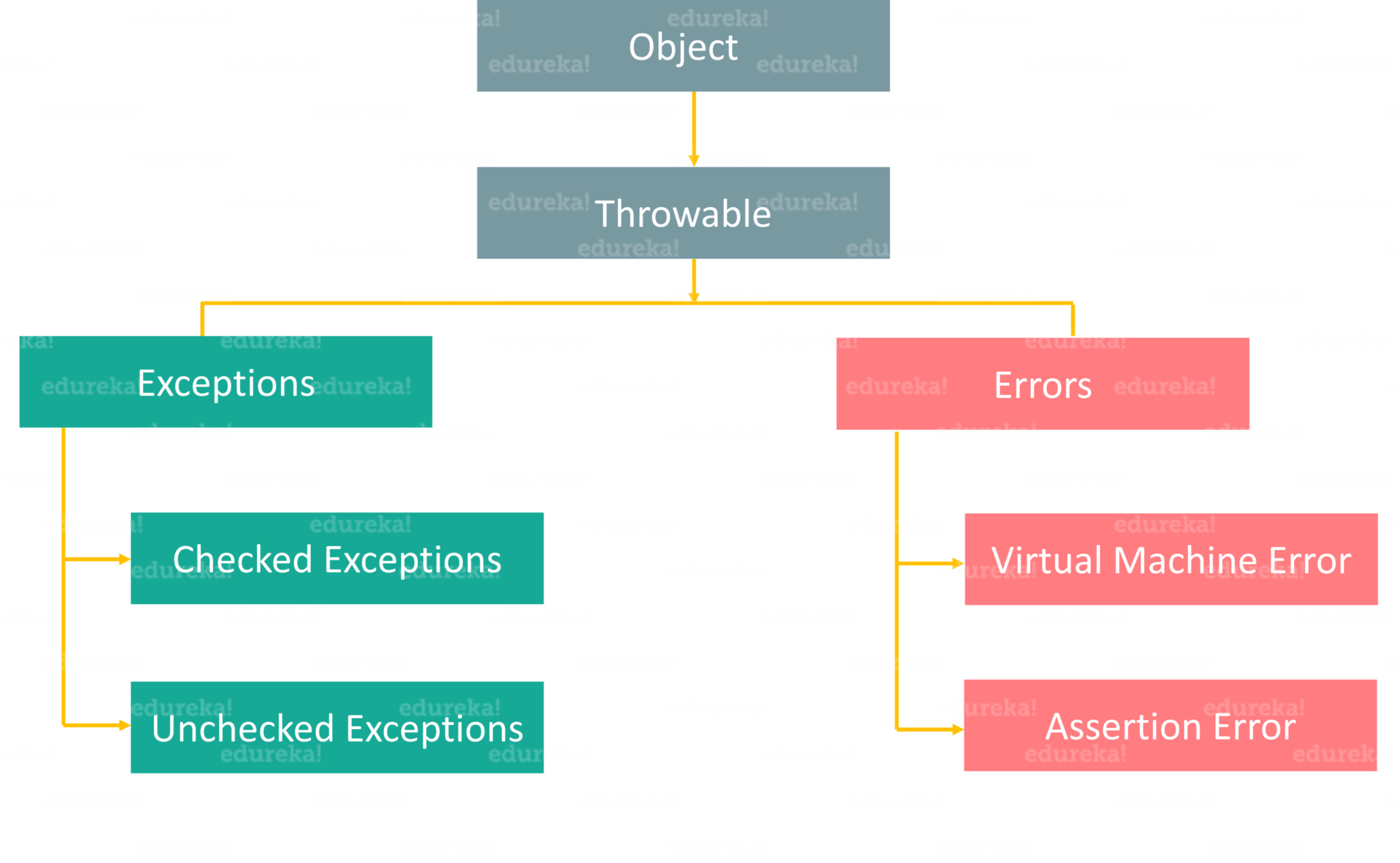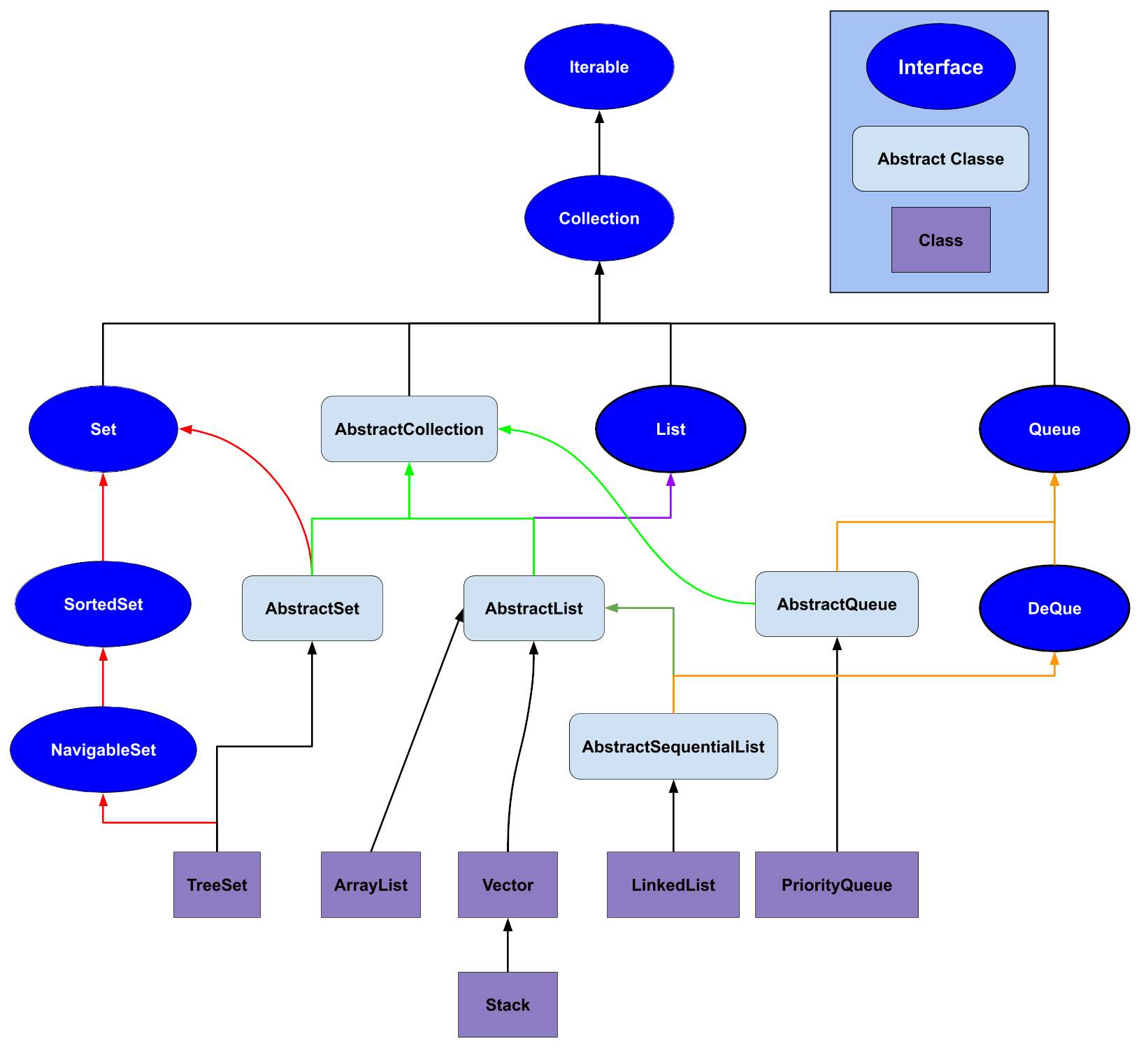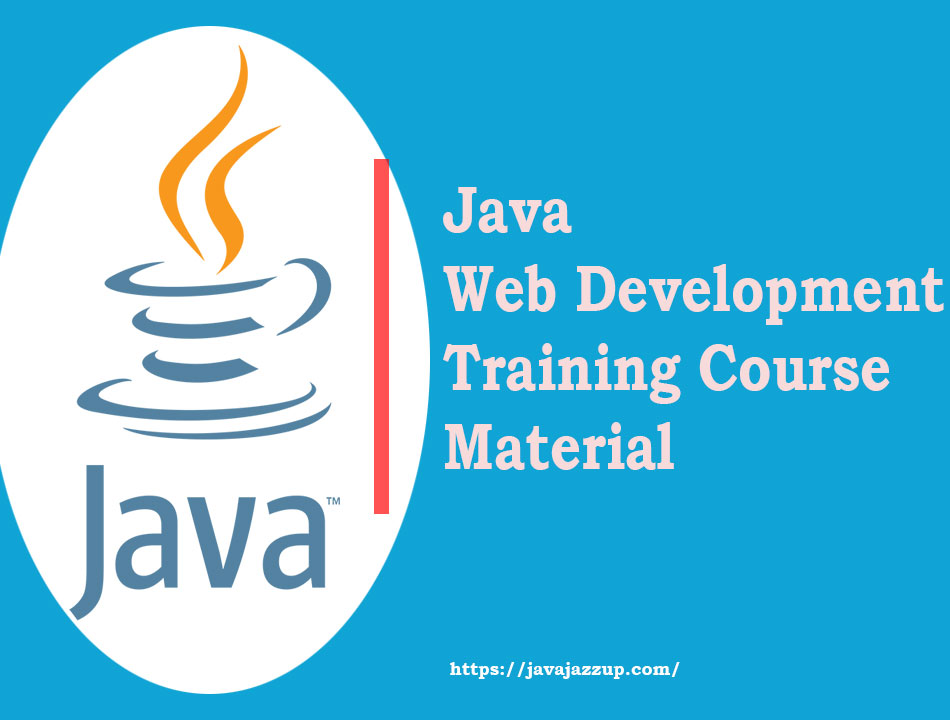Java Programming Presentation
| Introduction to Java Programming | ||
|---|---|---|
| Java is a widely-used programming language that was first released in 1995. It is an object-oriented language that allows developers to write once and run anywhere. Java is platform-independent, meaning it can run on any operating system with a Java Virtual Machine (JVM). | ||
| 1 | ||
| Key Features of Java | ||
|---|---|---|
| Java supports automatic memory management, known as garbage collection, which helps developers manage memory efficiently. It is strongly-typed, ensuring type safety and reducing runtime errors. Java includes a rich set of libraries and APIs that provide ready-to-use functionality, making development faster and easier. | ||
| 2 | ||
| Object-Oriented Programming in Java | ||
|---|---|---|
| Java is fully object-oriented, where everything is treated as an object. It supports encapsulation, inheritance, and polymorphism, allowing for code reuse and modularity. Object-oriented programming in Java provides a structured approach to software development. | ||
| 3 | ||
| Syntax and Structure of Java Programs | ||
|---|---|---|
| Java programs are organized into classes, which serve as blueprints for objects. Each class contains methods, which are the actions that objects can perform. Java programs start executing from the main() method, which is the entry point of the program. | ||
| 4 | ||
| Java Development Tools | ||
|---|---|---|
| The Java Development Kit (JDK) is essential for developing Java applications. It includes the Java compiler, libraries, and tools. Integrated Development Environments (IDEs) like Eclipse and IntelliJ provide features such as code completion, debugging, and project management to enhance productivity. Build tools like Apache Maven and Gradle automate the build process and manage dependencies. | ||
| 5 | ||
| Java Memory Management | ||
|---|---|---|
| Java uses a heap memory for dynamic memory allocation, where objects are created and stored. The garbage collector automatically frees up memory by removing objects that are no longer referenced. Proper memory management is crucial for efficient Java programming and preventing memory leaks. | ||
| 6 | ||
| Exception Handling in Java | ||
|---|---|---|
| Exception handling allows programmers to catch and handle errors or exceptional conditions in a controlled manner. Java provides a robust exception handling mechanism with try-catch-finally blocks to handle exceptions gracefully. Proper exception handling improves the reliability and maintainability of Java applications. | ||
| 7 | ||
| Java Libraries and Frameworks | ||
|---|---|---|
| Java has a vast collection of libraries and frameworks that provide additional functionality for various purposes, such as Apache Commons for utility classes, Spring for enterprise application development, and Hibernate for object-relational mapping. These libraries and frameworks save development time and effort by providing pre-built solutions to common problems. They enhance the scalability and maintainability of Java applications. | ||
| 8 | ||
| Java and Web Development | ||
|---|---|---|
| Java is widely used in web development, with popular frameworks like JavaServer Pages (JSP), JavaServer Faces (JSF), and Spring MVC. Java servlets provide a server-side programming model for web applications. Java Enterprise Edition (Java EE) provides a set of specifications and APIs for building enterprise-level web applications. | ||
| 9 | ||
| Conclusion | ||
|---|---|---|
| Java programming offers a powerful, flexible, and versatile language for developing a wide range of applications. Its platform independence and extensive libraries make it a popular choice among developers. Continual updates and community support ensure that Java remains relevant and adaptable to new technologies and trends. | ||
| 10 | ||
